 "It was the best of times, it was the worst of times, it was the age of wisdom, it was the age of foolishness, it was the epoch of belief, it was the epoch of incredulity, it was the season of light, it was the season of darkness, it was the spring of hope, it was the winter of despair, we had everything before us, we had nothing before us..."
"It was the best of times, it was the worst of times, it was the age of wisdom, it was the age of foolishness, it was the epoch of belief, it was the epoch of incredulity, it was the season of light, it was the season of darkness, it was the spring of hope, it was the winter of despair, we had everything before us, we had nothing before us..."
The opening lines of Charles Dickens' A Tale of Two Cities have a universal quality -- relevant to their original subject, the French Revolution; relevant to the earlier American Revolution; relevant in Dickens' time; relevant today. Let's focus on the American Revolution, and more specifically on two characters: Benjamin Franklin and Lord Howe.
Independence Hall, Philadelphia. On July 2nd, the Continental Congress voted in favor of a resolution for independence first presented in June. On July 4th, they approved the document we call the Declaration of Independence. Benjamin Franklin helped to craft the Declaration as a member of the Committee of Five, and signed the engrossed parchment in August.
HMS Eagle, off the coast of New England. On June 20th, Vice Admiral Lord Howe issued a declaration as one of the King's Commissioners for Restoring Peace. The trouble was, he didn't make it to New York Harbor to deliver his declaration until July 12th.
Howe believed that, if he had arrived a few days sooner, his message from the King could have prevented the Declaration of Independence. In actuality, his declaration galvanized the patriots' position. This month, we examine these two declarations through the words of two friends and leaders on opposite sides of the American Revolution.
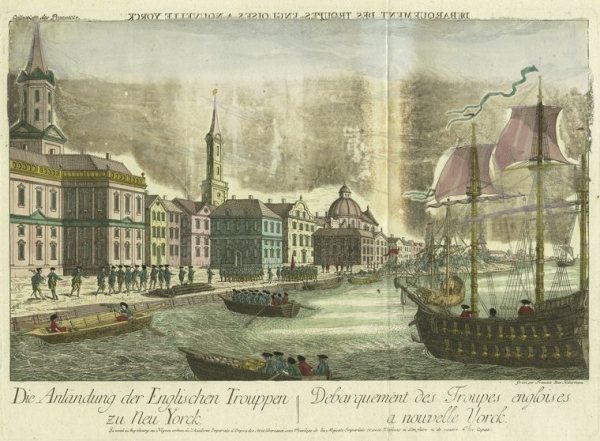
... Read more about August Highlight: A Tale of Two Declarations

 Independence, confederation, and foreign alliances. For months, these three elements were the talk of the Continental Congress. When Richard Henry Lee’s resolution was
Independence, confederation, and foreign alliances. For months, these three elements were the talk of the Continental Congress. When Richard Henry Lee’s resolution was 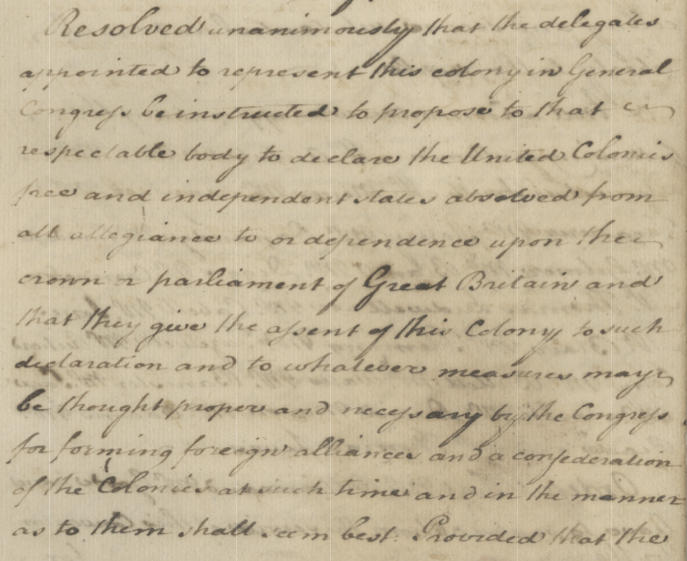

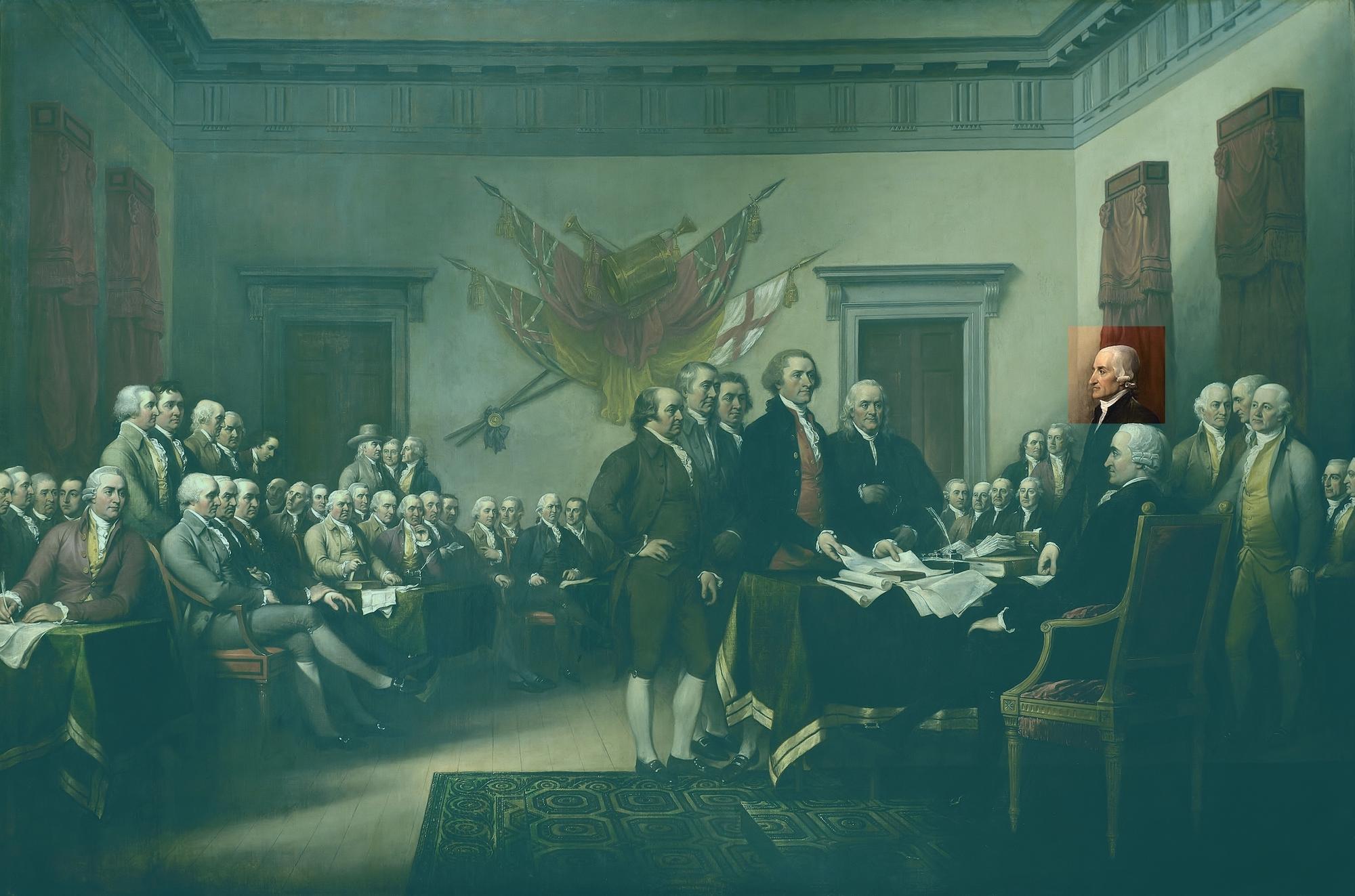

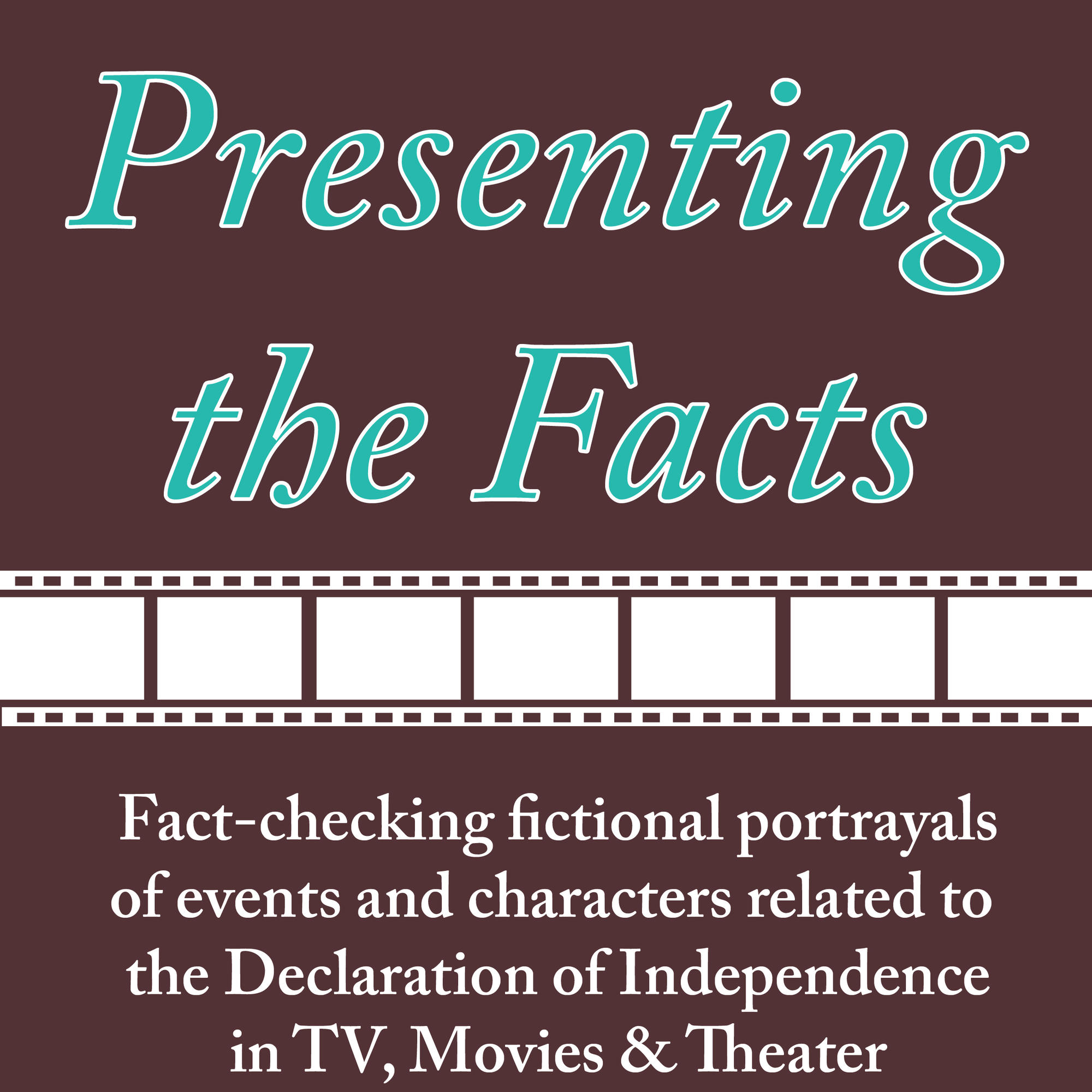
 Fiction: There is a map on the back of the Declaration of Independence, leading to the treasure of the Knights Templar.
Fiction: There is a map on the back of the Declaration of Independence, leading to the treasure of the Knights Templar.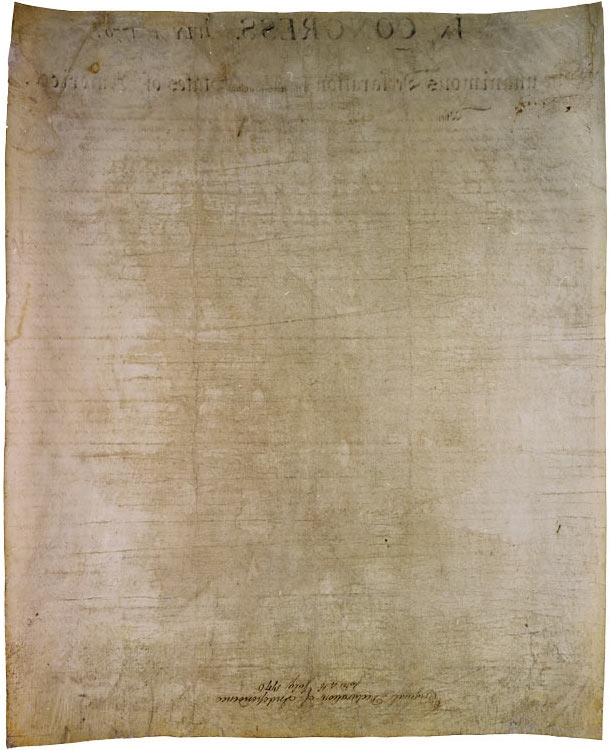
 Founding Fathers. Founders. Fathers. Founding Mothers. Signers. Framers. Patriots. The list of terms to describe the individuals who "founded" the United States of America can go on and on. This month, we examine the etymology and accuracy of these terms, and find where the signers of the Declaration of Independence fit in.
Founding Fathers. Founders. Fathers. Founding Mothers. Signers. Framers. Patriots. The list of terms to describe the individuals who "founded" the United States of America can go on and on. This month, we examine the etymology and accuracy of these terms, and find where the signers of the Declaration of Independence fit in. John Adams and Thomas Jefferson were the only signers of the Declaration of Independence to become President of the United States, but they certainly weren't the only signers elected to public office in the new federal government. In fact, seven signers were part of the 1st United States Congress (1789-1791), eight including President of the Congress, John Adams. This month, with Election Day fast approaching, we highlight the signers of the Declaration of Independence who became congressmen, vice presidents, and presidents in the new United States.
John Adams and Thomas Jefferson were the only signers of the Declaration of Independence to become President of the United States, but they certainly weren't the only signers elected to public office in the new federal government. In fact, seven signers were part of the 1st United States Congress (1789-1791), eight including President of the Congress, John Adams. This month, with Election Day fast approaching, we highlight the signers of the Declaration of Independence who became congressmen, vice presidents, and presidents in the new United States.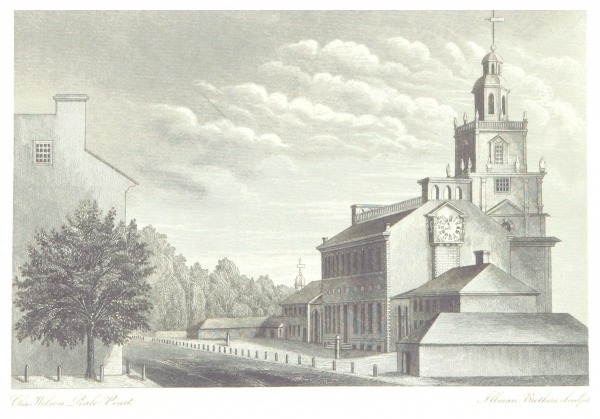
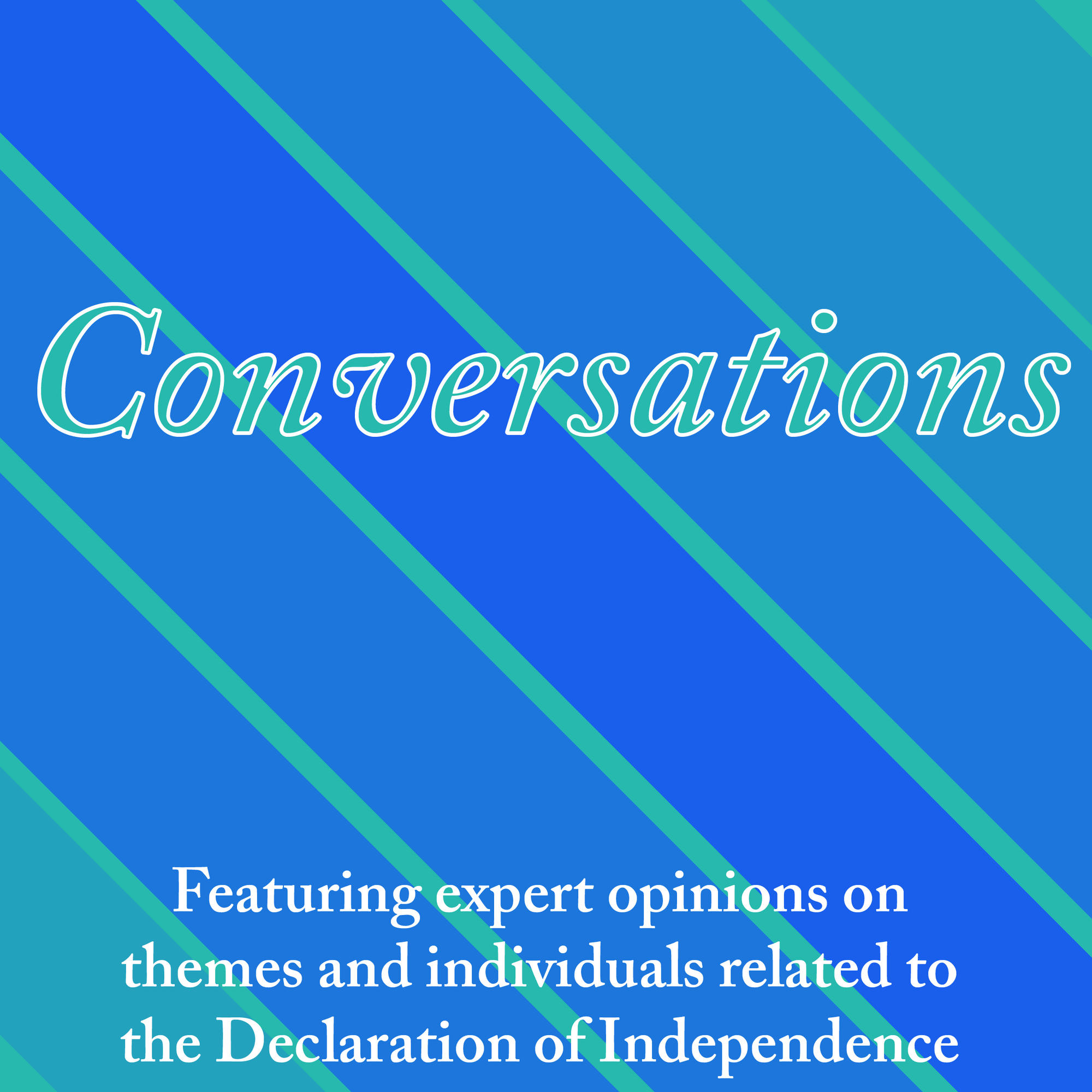


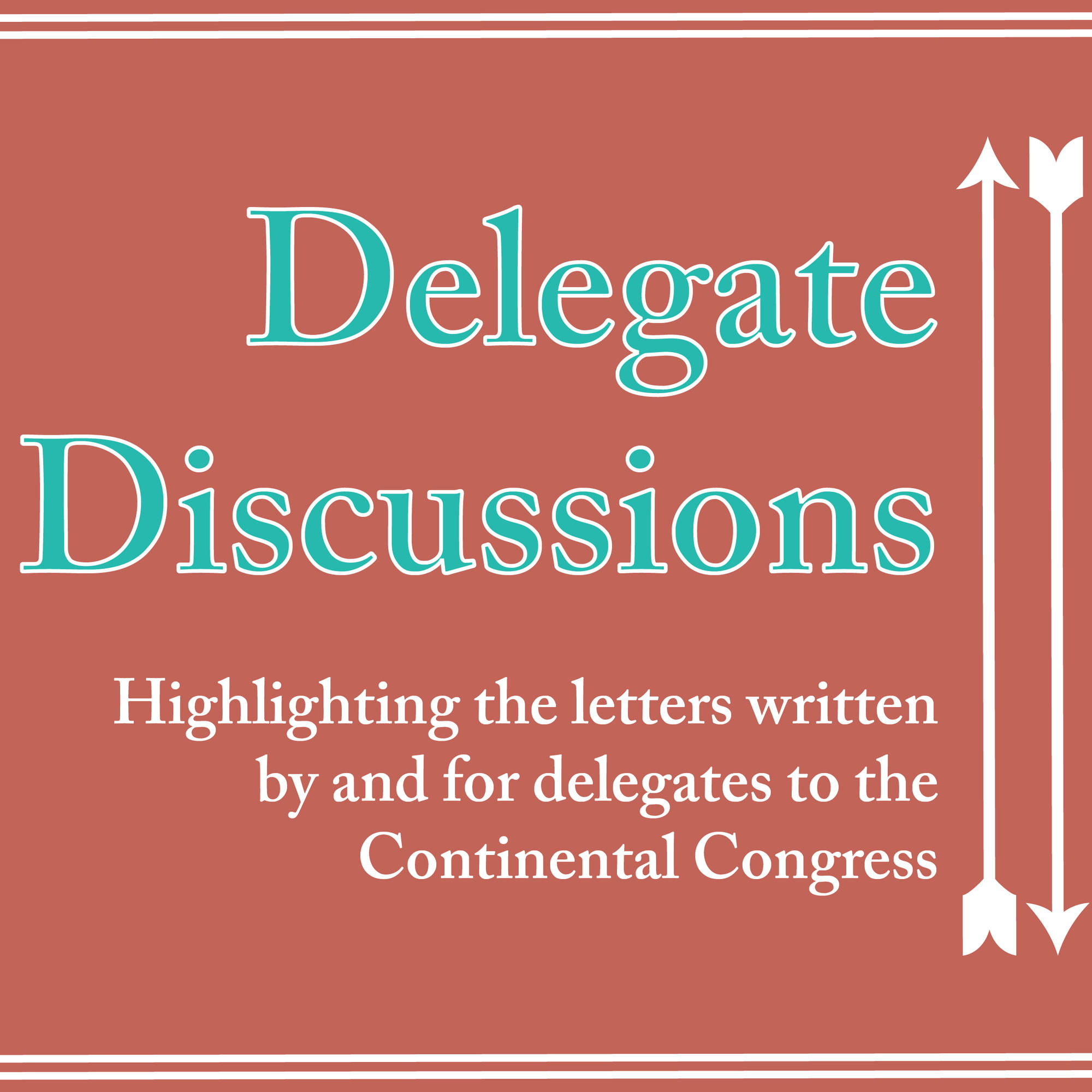 In February 1790, Dr. Benjamin Rush wrote a
In February 1790, Dr. Benjamin Rush wrote a 

